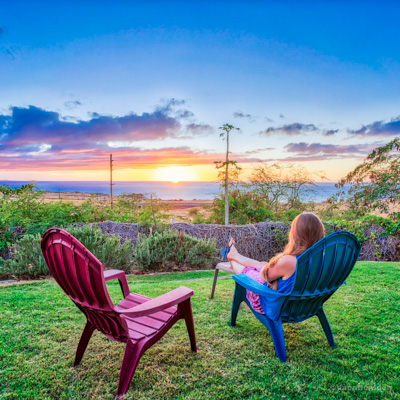Best Beaches in North Carolina
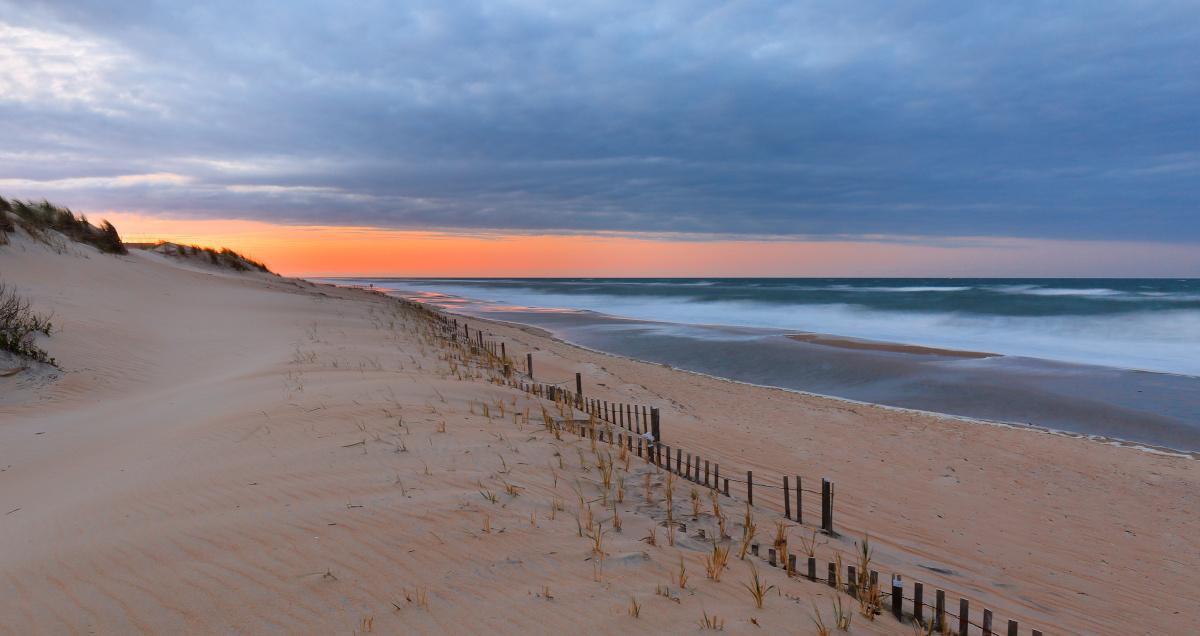
Searching for the best beaches in North Carolina for your next day trip or a relaxing 48 hour weekend getaway? Well, you are in the right place! I love that North Carolina’s shores welcome everyone, from families seeking calm sandy stretches to nature lovers exploring dunes and lighthouses. After years of returning and dedicating four weeks to exploring the best beaches in North Carolina, these are the places I easily recommend for a beautiful vacation, grouped for your convenience into two main areas: around Outer Banks and beaches around Wilmington, NC.
Best Outer Banks, NC Beaches
For me, exploring the Outer Banks is such a joy, a slender ribbon of barrier islands stretching between the Atlantic Ocean and the Pamlico Sound. I think that in May, the islands are at their most magical, just before the summer crowds arrive, the sun is softer and wildflowers bloom among the sea oats! Here are my favorite Outer Banks beaches that I hope you will love too.
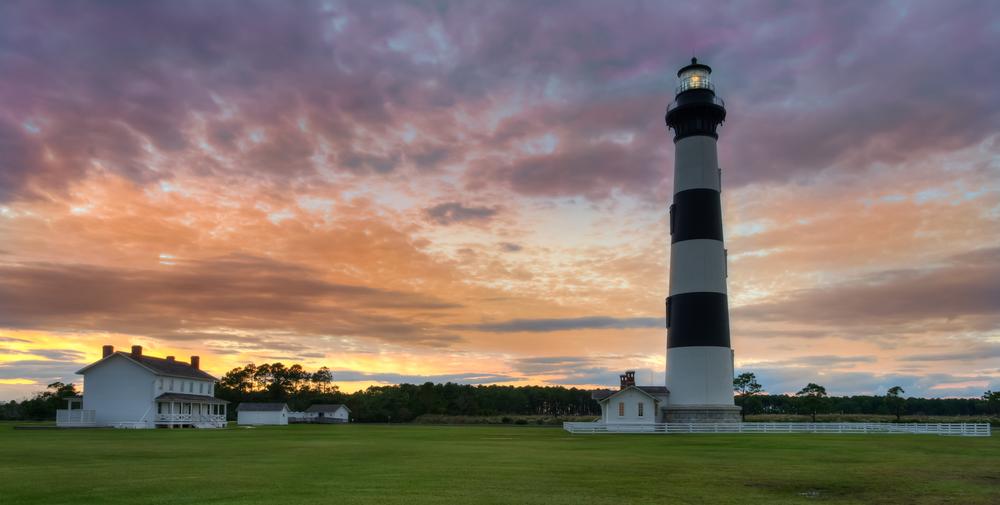
1. Cape Hatteras National Seashore
This Outer Banks gem completely swept me off my feet with its beauty, miles of soft sand along the Atlantic, and the cool black-and-white Cape Hatteras Lighthouse, and honestly I thought it was truly one of the best East Coast beaches!
After driving a little over 3 hours from Raleigh where we started this road trip, Chris, my son and I reached Cape Hatteras National Seashore and settled into our affordable room at Outer Banks Motor Lodge for five days, with a kitchenette, blackout drapes and a wonderful location just steps from the beach.
We started our mornings walking barefoot along the beach, watching the sunrise spill pink and gold across the water while shorebirds darted along the surf.
Exploring the iconic Cape Hatteras Lighthouse was a highlight. Standing beneath its bold black-and-white spiral made us feel tiny in the best possible way, grounded in history and place.
later, w wandered through quiet stretches of shoreline where the only sounds were waves and wind, pausing often just to take it all in together.
One afternoon, we drove through the dunes and were lucky enough to spot wild horses grazing near the road, a moment that felt almost unreal and completely magical.
Later, we found a calm spot by the sound to kayak slowly through the shallow water, sharing easy conversation and laughter as the sun dipped lower.
I loved how untouched everything felt—no rush, no crowds, just nature setting the pace and inviting us to do the same.
We ended our days watching fiery sunsets melt into the horizon, wrapped in light jackets as the breeze cooled and the sky deepened into blues and purples.
What I loved best:
From Cape Hatteras National Seashore, we drove about 15 minutes south to Frisco, home to the Frisco Native American Museum & Natural History Center, my personal highlight! I love that it features Native American heritage alongside local ecology, giving us a deeper appreciation for the region’s history and environment!
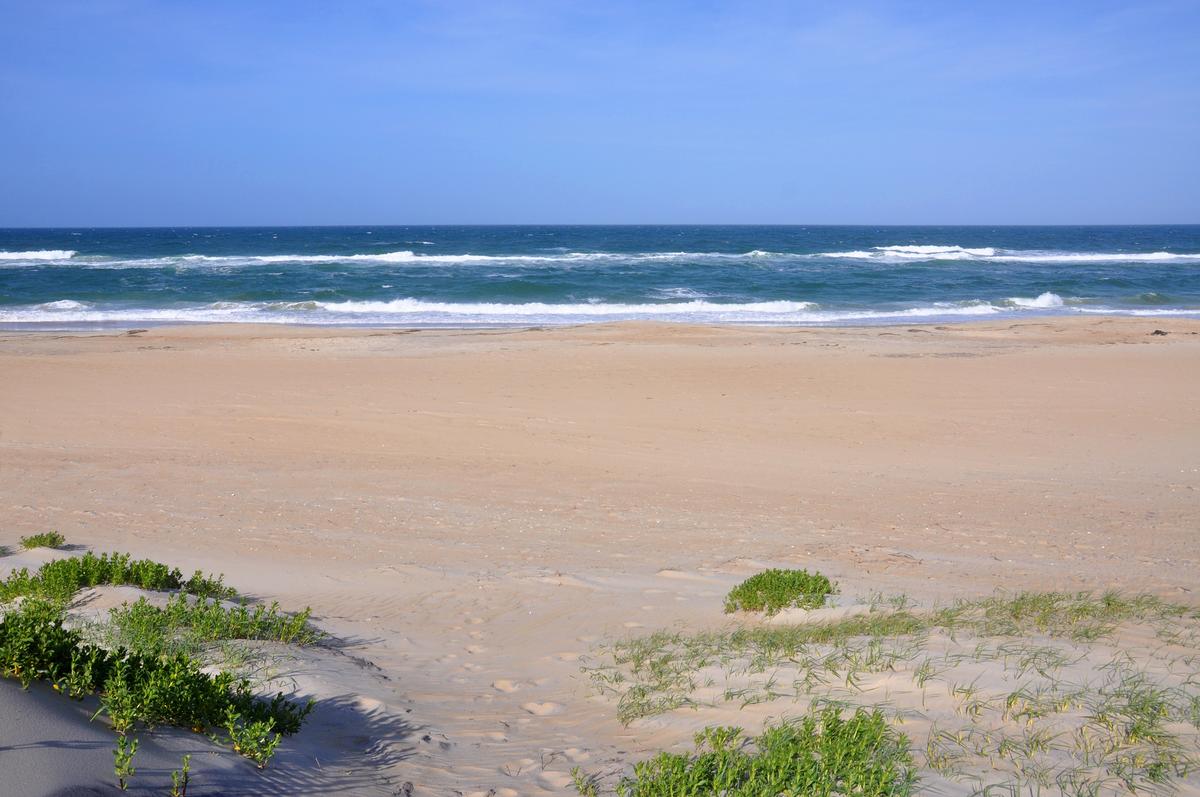
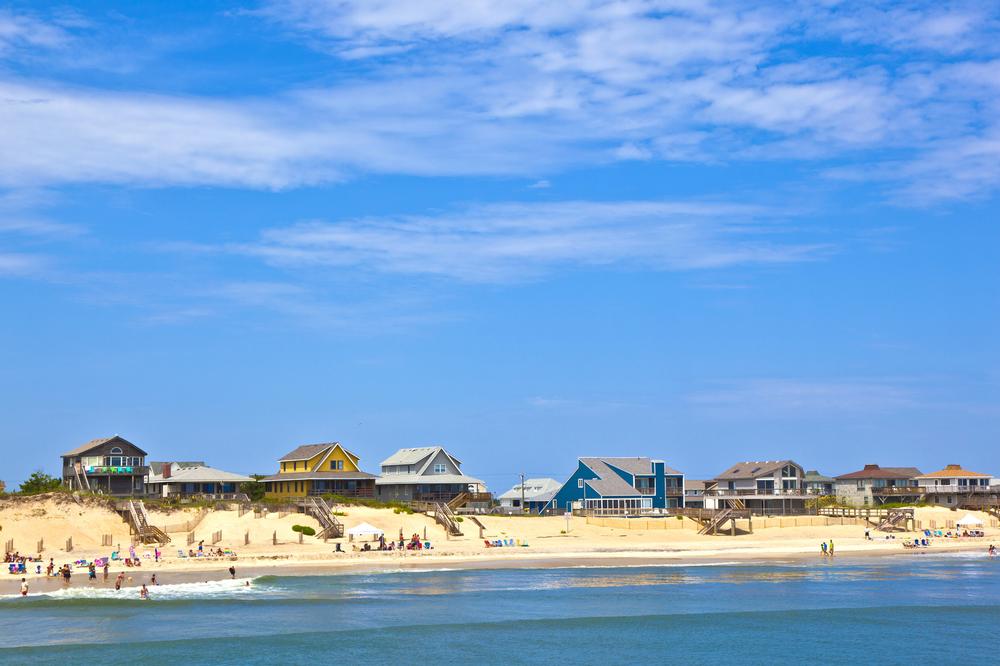
2. Nags Head
Chris and I both absolutely love Nags Head, and have been many times. This is one of the most unique and historic beaches in the Outer Banks, and it’s easily one of my favorite places for a classic North Carolina beach getaway.
I learned that it was first settled in the early 1800s and to me it stands out as a place where tradition and culture meet along the shoreline.
We enjoyed staying in a Standard Kind Room right on the ocean at 3-star Holiday Inn Express Nags Head Oceanfront (around $121/night) for three days.
The first thing we did was park near the beach access and walk straight onto the sand, and honestly this was one of the best beach experiences we’ve had in the state.
Nags Head Beach felt wide, breezy, and kind of magical, with soft sand and rolling waves that made it perfect for a family weekend.
After soaking it all in, we laid out towels and just relaxed, which was my favorite part because it felt so affordable and chill compared to other beach towns.
Later we walked along the shoreline for a long time, spotting seashells and watching surfers, and it was such an underrated and joyful thing to do.
For lunch, we headed to Blue Moon Beach Grill for great Southern comfort food.
We then headed over to Jockey’s Ridge State Park nearby, which is right in Nags Head, and climbing the sand dunes felt like an exciting and unusual adventure.
The views from the top were spectacular and honestly the absolute best sunset I’ve seen on the Outer Banks.
In the evenings, getting to know nearby Manteo's culinary scene was a delight, especially fresh seafood at Blue Water Grill & Raw Bar and burgers at Lost Colony Tavern.
That evening we went back to the beach for golden hour, and the light made everything feel vibrant and dreamlike.
Waking up early the next morning for a quiet beach walk was a brilliant idea, the calm waves and cool air made it feel like our own hidden paradise.
What I loved best:
Wandering through local shops in Manteo and along the beach road was a personal highlight where I especially loved Seaside Art Gallery for its marine-themed prints. I bought one of their hand-blown glass sea turtles for my mom that perfectly capture the ocean spirit of the Outer Banks.
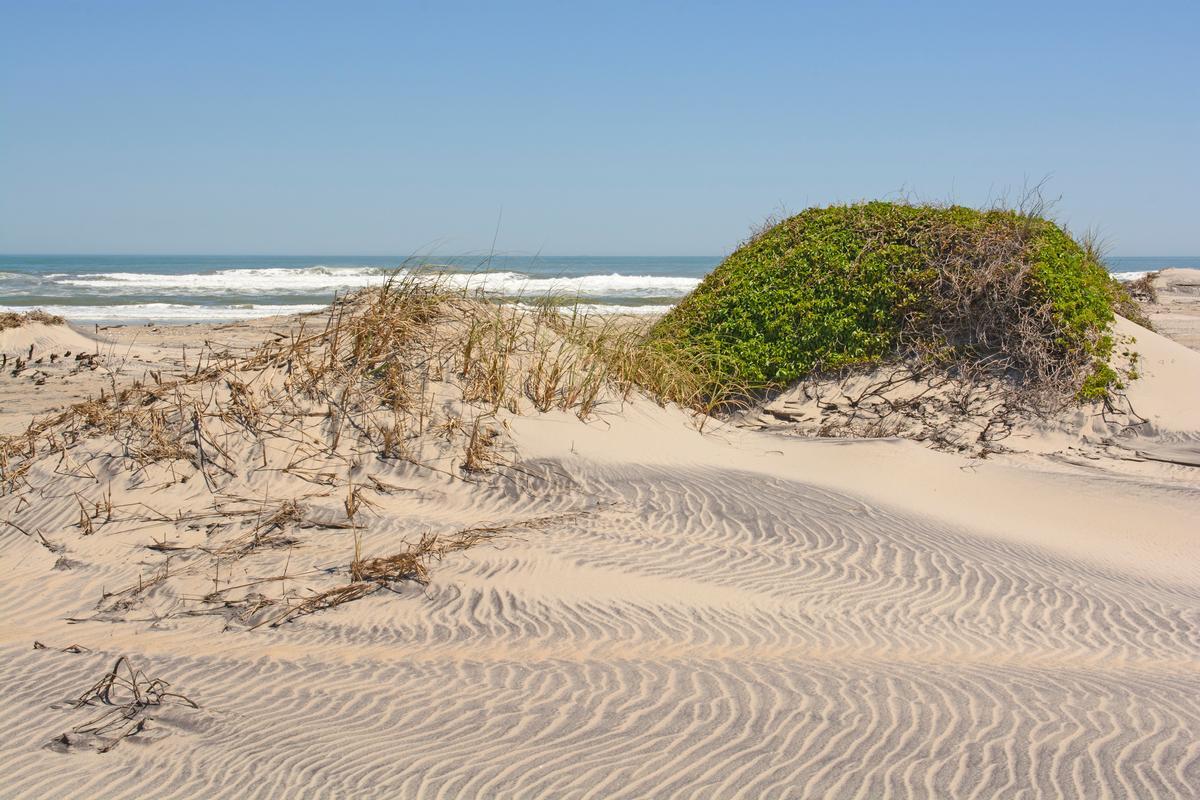
3. Pea Island National Wildlife Refuge
I thought it's one of the most unique and pristine places in the Outer Banks, and it’s easily one of my favorite spots for connecting with untouched coastal nature in North Carolina. I adored this natural spot, established in 1938 as a sanctuary for migratory birds and wildlife. To reach Pea Island National Wildlife Refuge, drive south from Nags Head about 25 minutes on Cape Hatteras National Park Rd and then onwards on North Carolina Hwy 12 S.
What I loved best:
I loved that Pea Island beach itself is raw and natural, with miles of undeveloped shoreline, windswept dunes, and abundant birdlife. I think it’s perfect for long, peaceful walks, birdwatching (a real standout!), or simply enjoying the solitude of the Outer Banks in its purest form.
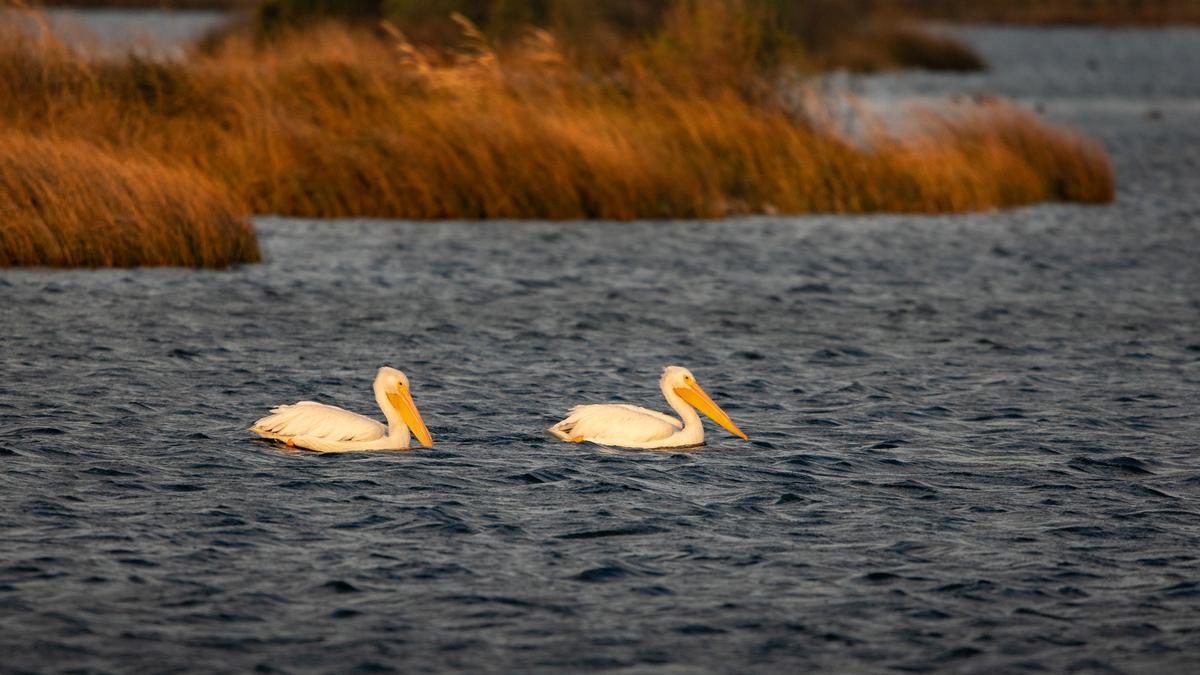
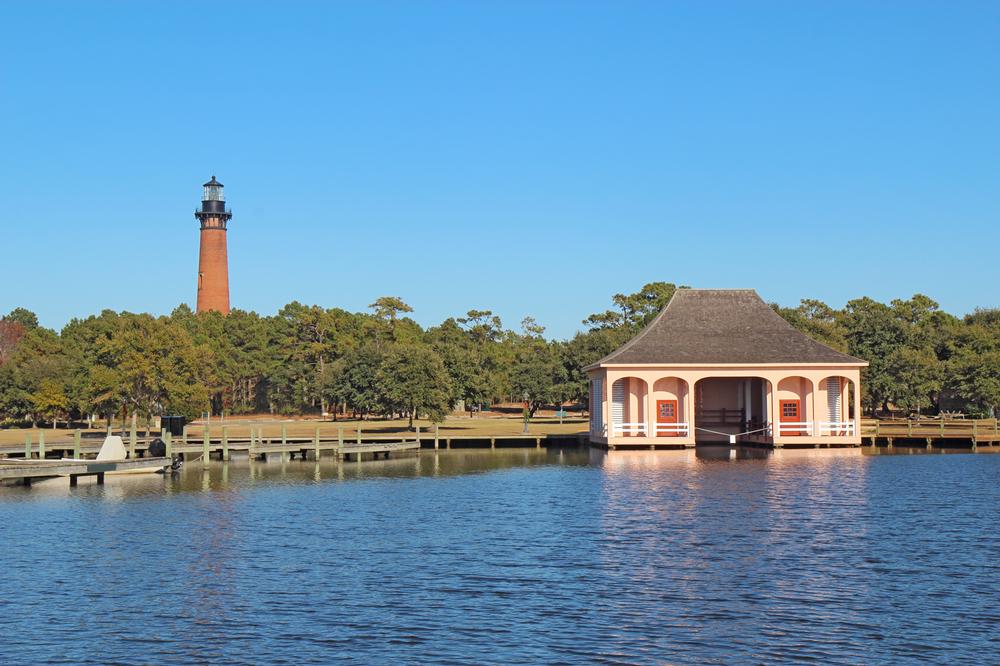
4. Currituck Beach
If you want to get away from it all (and have a 4x4 vehicle!), drive about 50 minutes north from Nags Head to this wonderful beach. This place had such a serene, unhurried feel that I thought that it was one of the best North Carolina beaches for a secluded beach day!
Known for its wild horses that roam freely along the dunes and beaches, Currituck's a place where nature, history, and beauty come together in a truly remarkable way. The best time to go for horse sightings on Currituck Beach is early mornings!
Local tip: Since there are no paved roads beyond Corolla, you will need a 4WD vehicle and a permit and also keep in mind there's no food here, so be sure to bring your own food and water.
- Location: On the northern Outer Banks of North Carolina in Currituck County, along the Atlantic coast near Corolla
- Location Map
What I loved best:
I loved visiting Currituck Beach Lighthouse, my personal hightlight.
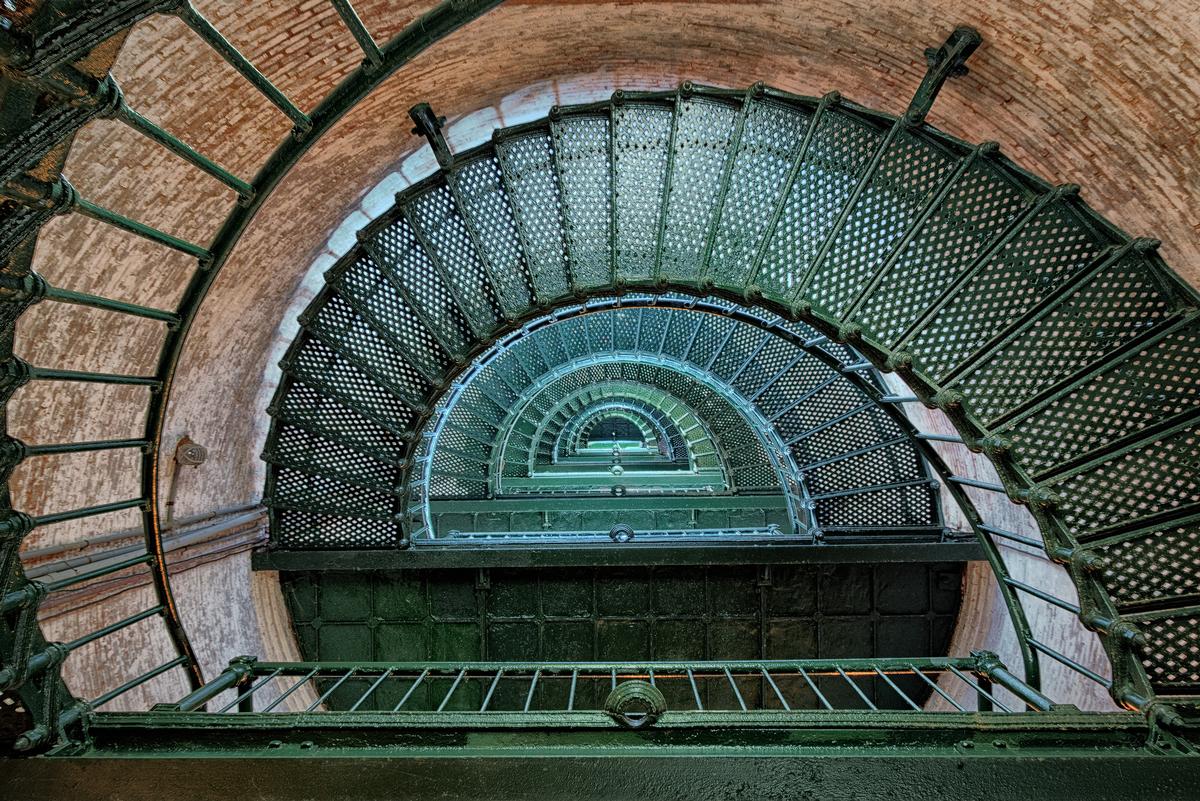
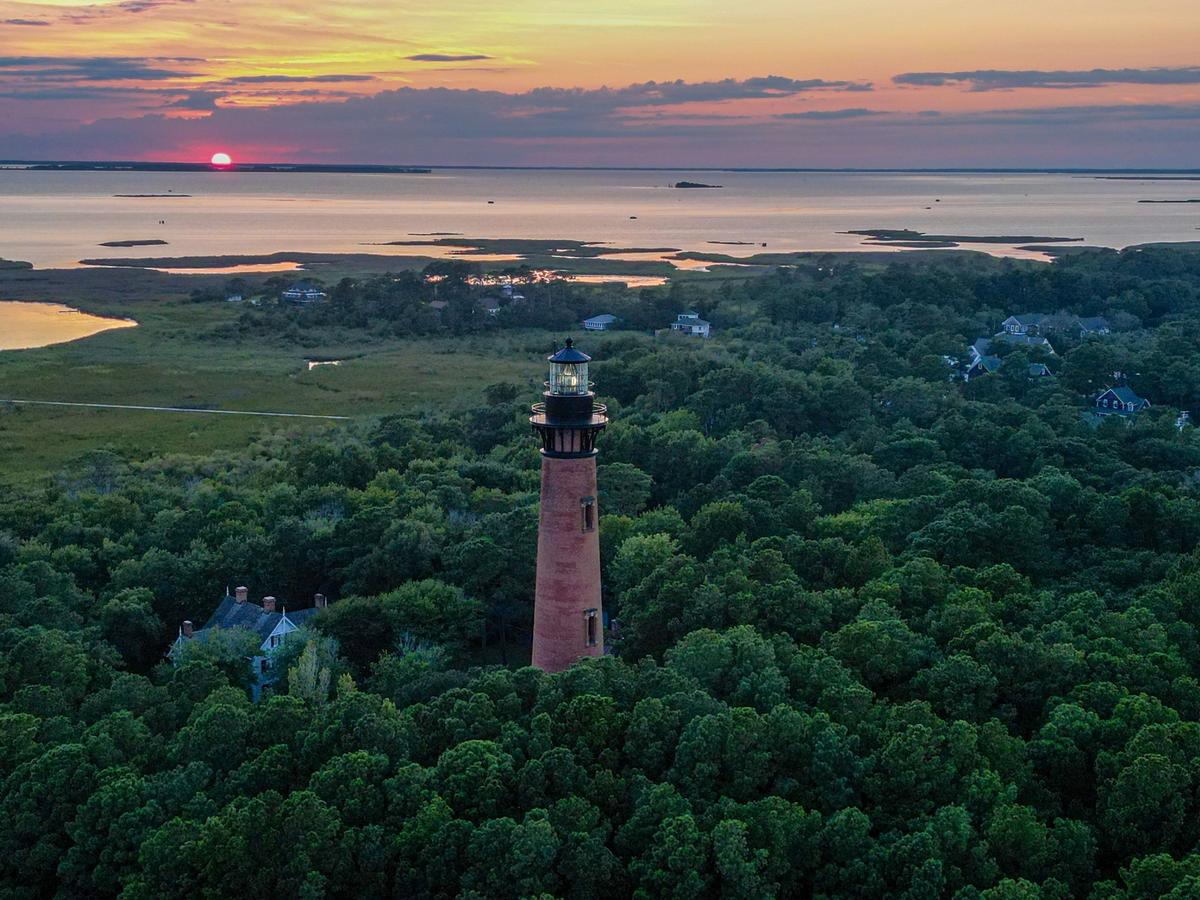
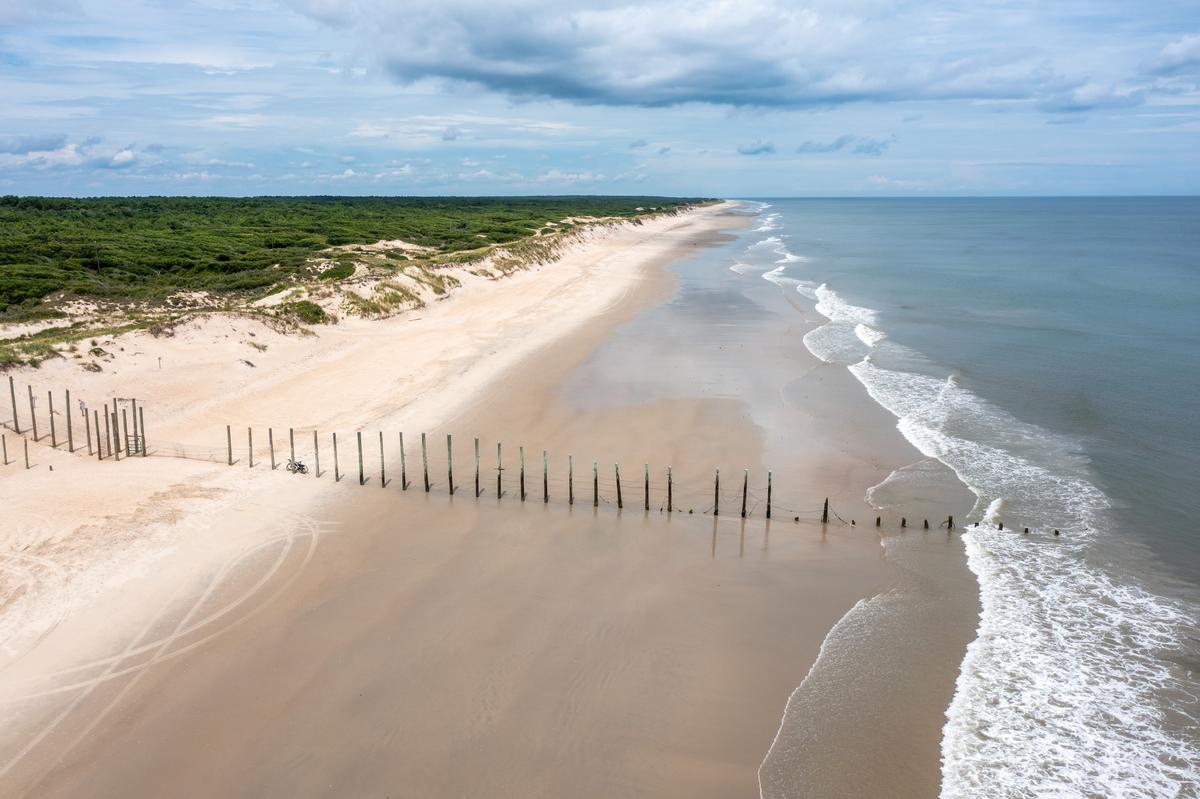
5. Carova Beach
If you are craving even more remoteness and seclusion, drive even further north from the Currituck Beach Lighthouse area to this stunning beach that I only visited once but can't wait to return to! Keep in mind that you will need to drive in a 4x4 vehicle on the sandy beach, as there are no paved roads leading directly to Carova.
A permit is required for parking in designated areas around Carova Beach during the high-use season (late April to early October) and the drive took us about an hour.
- Location: On the northernmost end of North Carolina’s Outer Banks in Currituck County, accessible only by 4×4 vehicles and bordering the Virginia state line
- Location Map
Located at the northernmost tip of the Outer Banks, right up against the Virginia border, this beach delivers one of the best and most unique beach experiences in North Carolina and it's where I enjoyed one of our quietest fishing days ever!

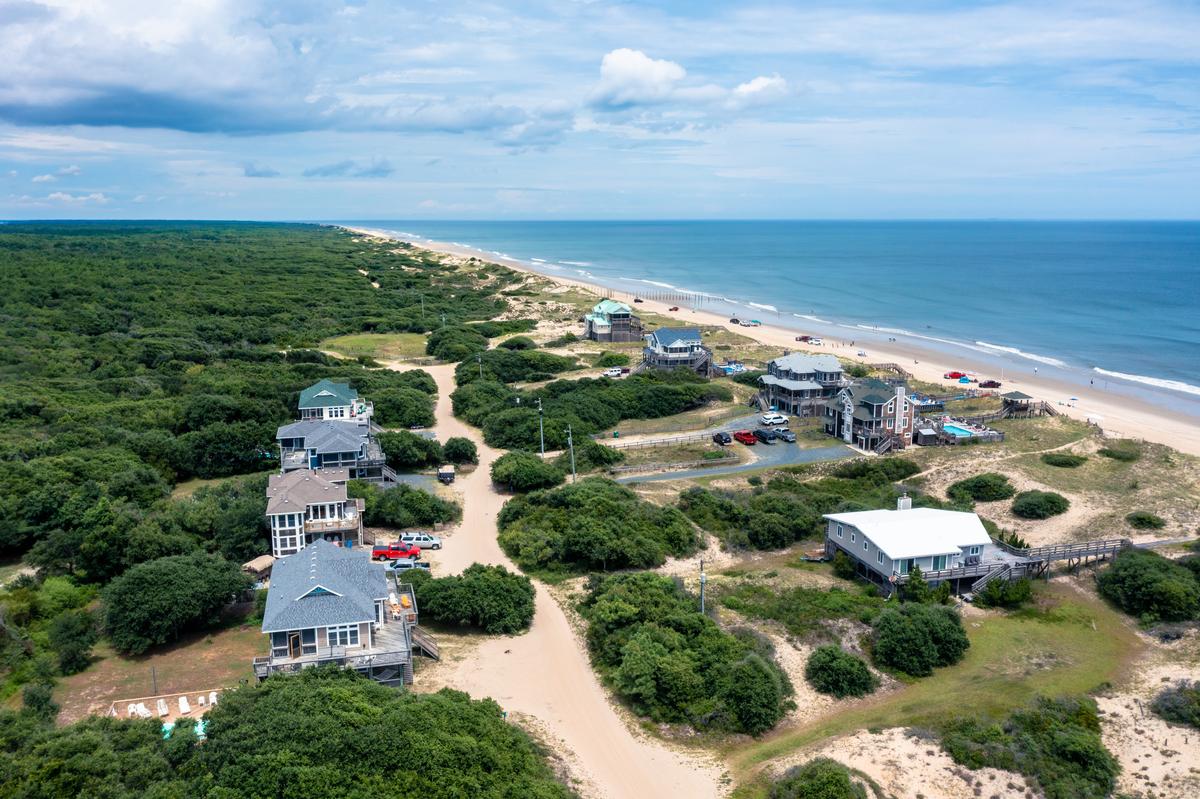

6. Ocracoke Beach
This is one of the most unique and unspoiled beaches in the Outer Banks, and it’s easily one of my favorite spots for a peaceful, nature-filled island getaway in North Carolina.
Part of Cape Hatteras National Seashore and only accessible by ferry, private plane, or boat, Ocracoke stands out as more than just a beach because it's steeped in history and I thought that it was an amazing, affordable island day trip. Ocracoke Express is a seasonal service that costs $7.50 per passenger each way (free for ages under 3) and you can book online.
- Location: On the southern end of North Carolina’s Outer Banks on Ocracoke Island, within Cape Hatteras National Seashore and accessible by ferry
- Location Map
This beach is vast and pristine, with soft sand, rolling dunes, and some of the cleanest, clearest water on the East Coast. The untouched beauty of Ocracoke Beach makes it perfect for swimming, fishing, beachcombing, or simply soaking up the quiet.
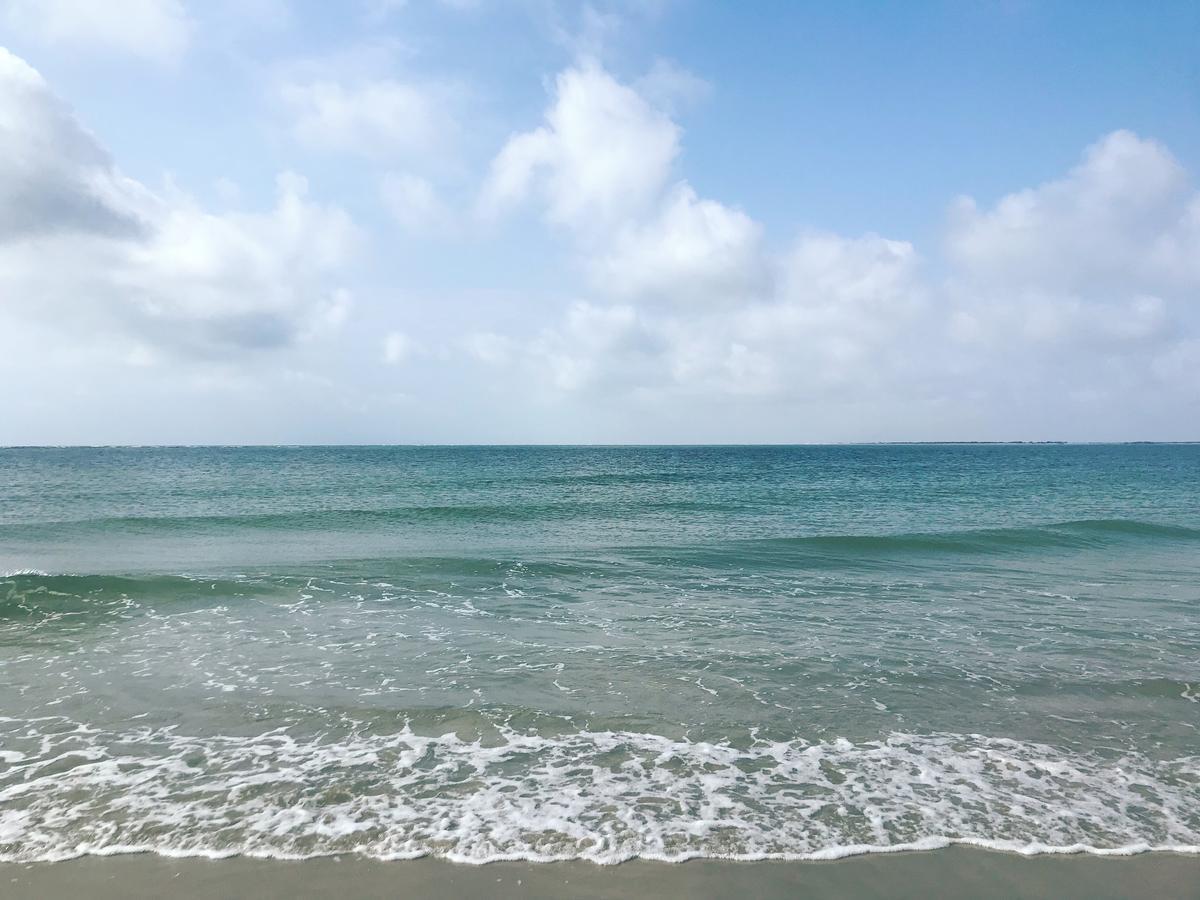
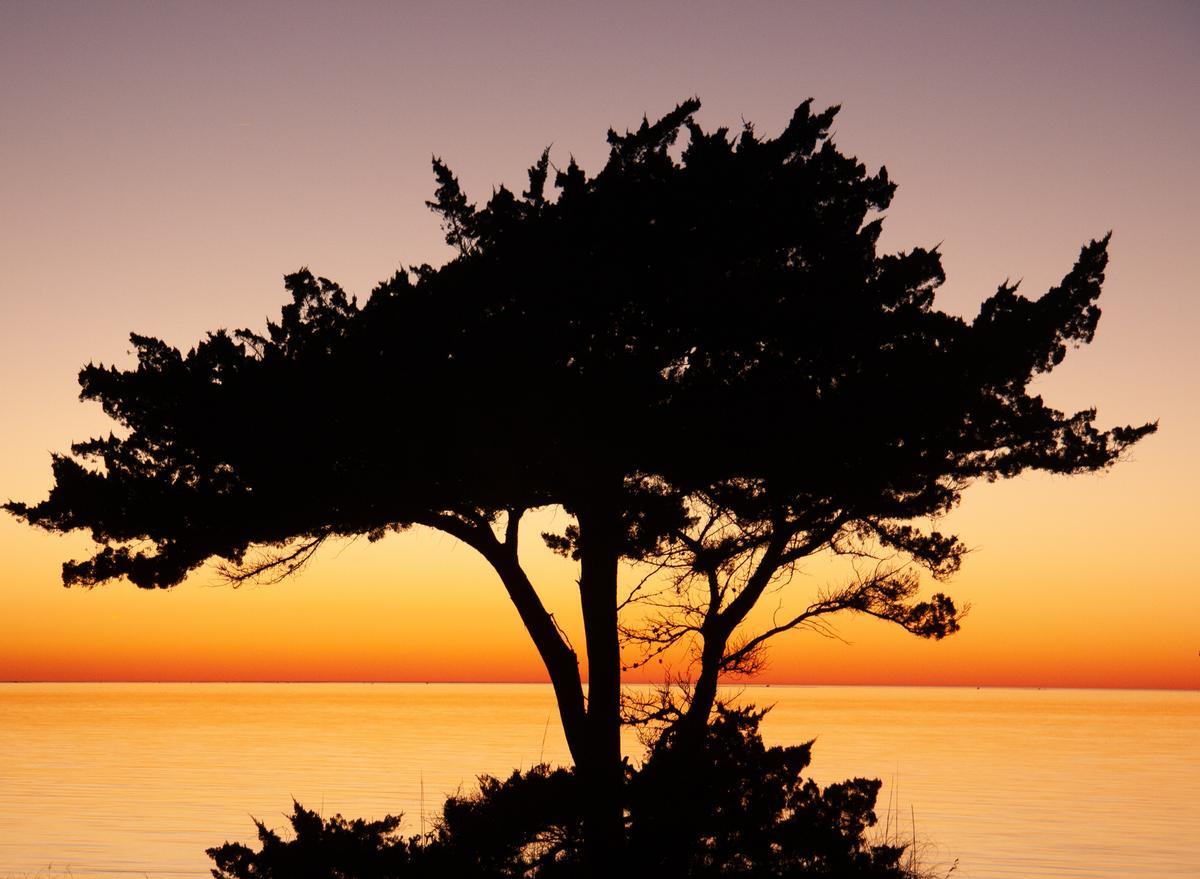
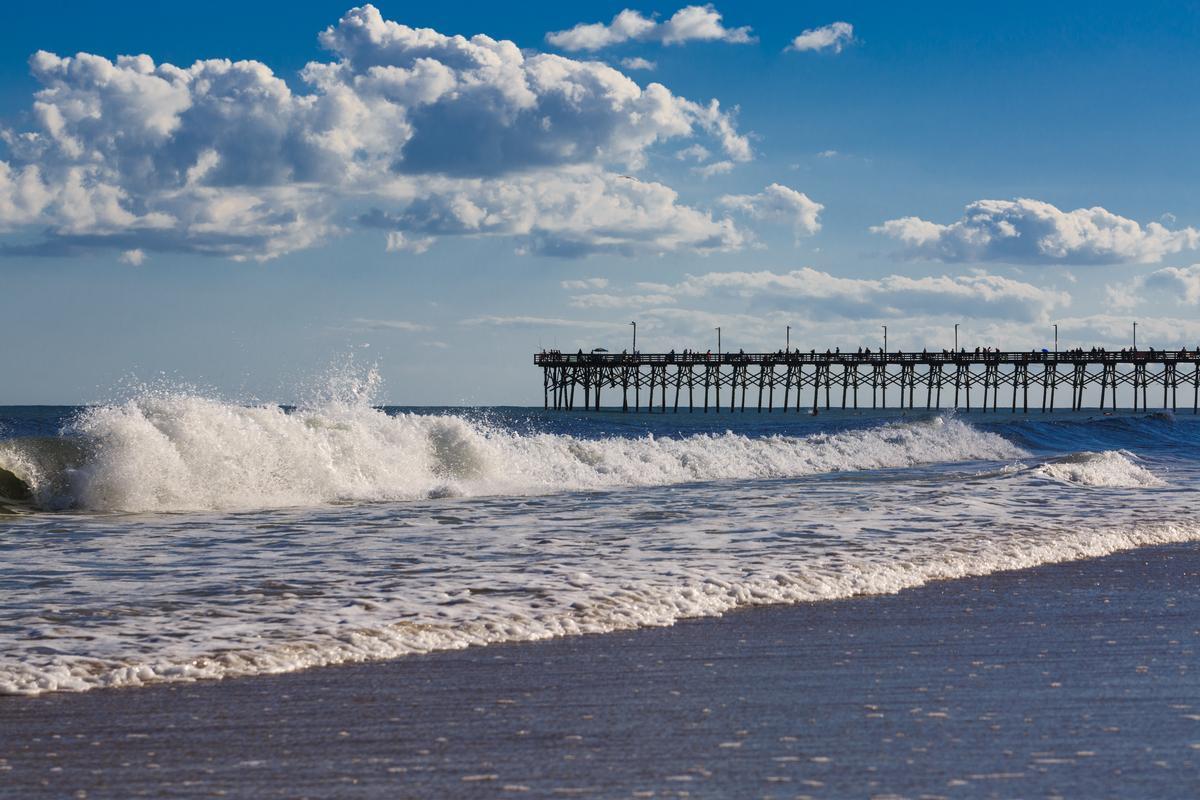
7. Topsail Beach
Beaches Near Wilmington (North to South Route)
If you are driving from the north (Raleigh, Durham, or the Outer Banks), start your beach road trip here, continue down the coast to Wrightsville Beach, Kure Beach, Oak Island Beach, and end your trip in Wilmington (3 hour driving time without stopping).
Topsail Beach
Topsail Beach is one of the most unique and peaceful beaches on the North Carolina coast, and it’s easily one of my favorite spots for a laid-back seaside escape. We drove 3 hours from Durham and spend two days in a comfortable Standard room with two Queen beds at the 3-star Loggerhead Inn & Suites where I loved the location just steps from the beach.
- Location: On the southern end of Topsail Island in southeastern North Carolina, part of a quiet barrier-island community accessible via bridge from the mainland
- Location Map
This beach itself is wide and tranquil, with soft sand, gentle waves, and a slower pace. We enjoyed swimming, shell hunting, fishing, relaxing by the ocean, and enjoying an ocean view lunch at Daddy Mac’s Beach Grille where the fish tacos were a real standout for me.
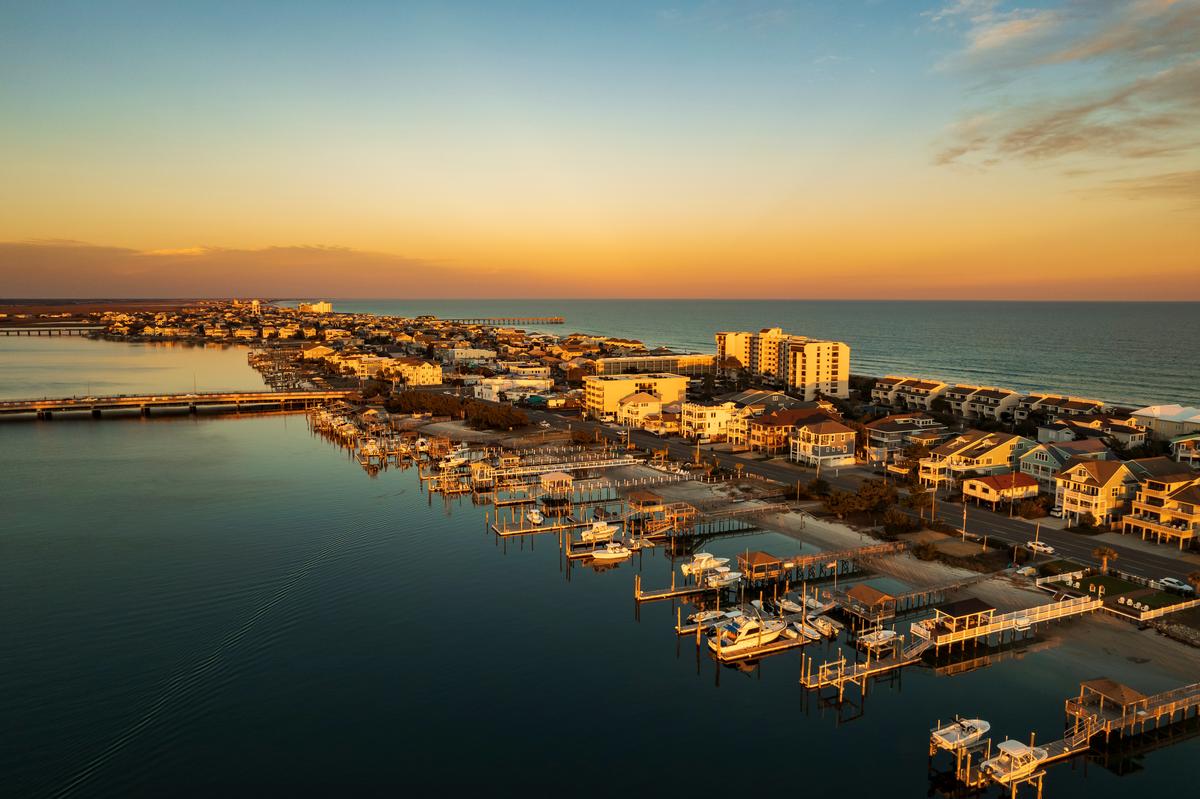
8. Wrightsville Beach
Next stop was Wrightsville Beach, about 45 minutes south of Topsail Beach (take US-17 S, then US-421 S toward Wilmington), one of the most effortlessly beautiful beaches in North Carolina I’ve ever visited.
The first time we visited Wrightsville Beach, I was instantly charmed by how relaxed and welcoming it felt. Just minutes from downtown Wilmington (15-minute drive!), the transition is almost immediate—you leave behind city streets and suddenly find yourself surrounded by ocean breezes, palm trees, and bright blue water. The beach itself is wide and pristine, perfect for long walks, sunrise swims, and lazy afternoons in the sun. What really sets Wrightsville Beach apart, though, is its laid-back coastal vibe paired with an active outdoor lifestyle.
Wrightsville Beach is a small barrier island, but it packs a lot into a short stretch of sand. The town is best known for its crystal-clear water, excellent surfing conditions, and strong connection to water sports. You’ll see paddleboarders gliding through the Intracoastal Waterway, surfers chasing waves, and locals biking along the island’s loop year-round. Despite its popularity, it still feels more like a local beach town than a tourist hotspot.
One of the things I love most about Wrightsville Beach is how easy it is to explore. The island is walkable and bike-friendly, and most attractions are only a short drive away. Historic downtown Wilmington is just 10–15 minutes inland, making it easy to combine beach days with riverfront dining, shopping, and sightseeing. Whether you’re visiting for a weekend or a full week, it’s a destination that feels both convenient and relaxing.
If you plan to drive, keep in mind that parking can be limited during peak summer months. Arriving early in the morning or later in the evening makes a big difference, especially on weekends. There are paid public parking lots and street parking throughout the island, but planning ahead will save you time and stress.
While Wrightsville Beach doesn’t require a car once you arrive, guided tours are a great way to experience the area, especially if you want to learn more about the local ecosystem from a local guide. Kayak and paddleboard tours through the marshes and waterways are incredibly popular and offer a unique perspective of the coast. Sunset cruises and eco-tours are also fantastic options if you want a more relaxed experience on the water.
We spent our day here swimming, sunbathing, relaxing, walking along the scenic Johnnie Mercers Pier and for lunch, locals pointed us to Tower 7 Baja Grill.
Next day we took some time to explore the trails and tidal flats at nearby Masonboro Island Reserve which were my son's favorite because there was so much room to run!
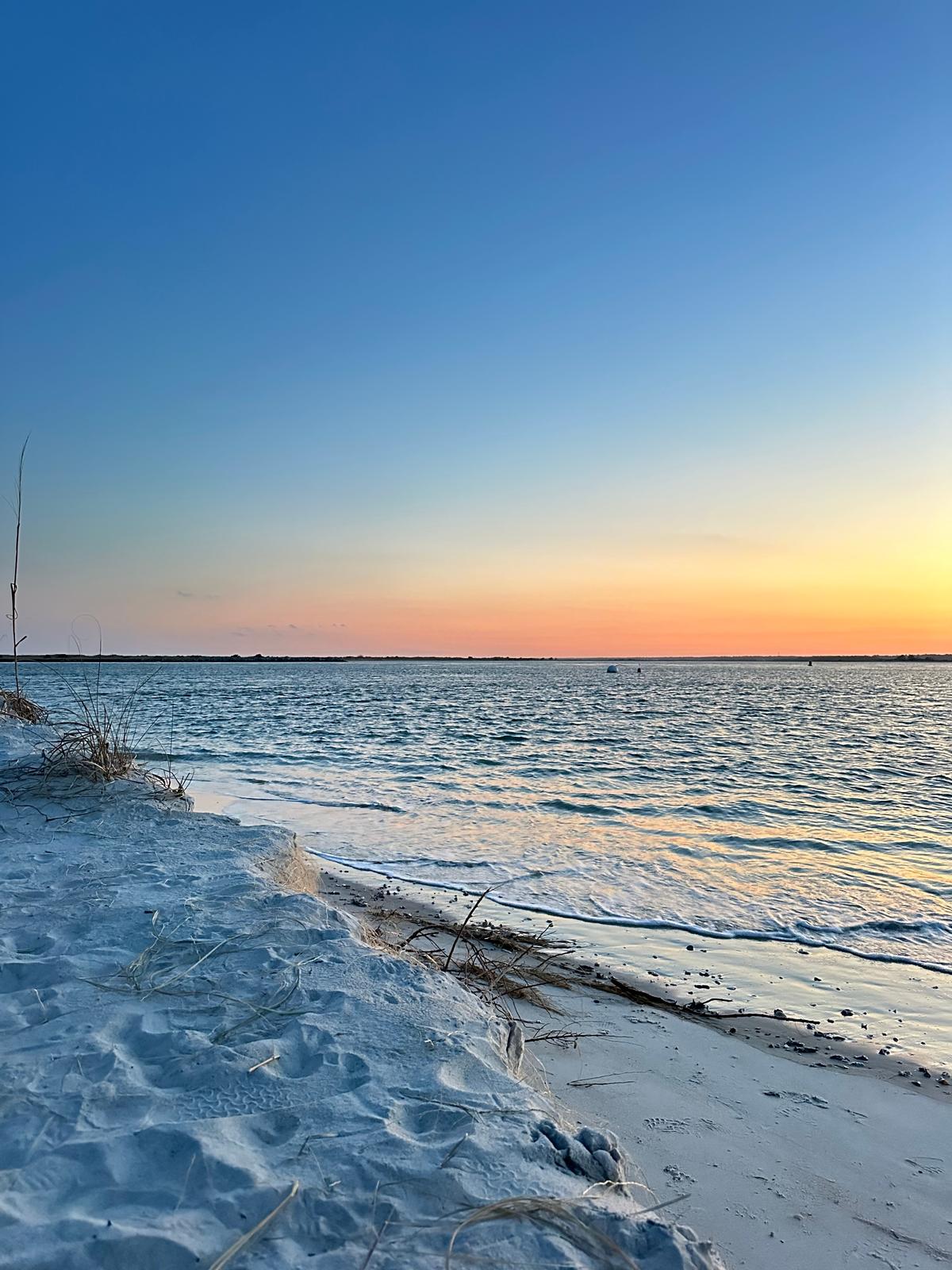
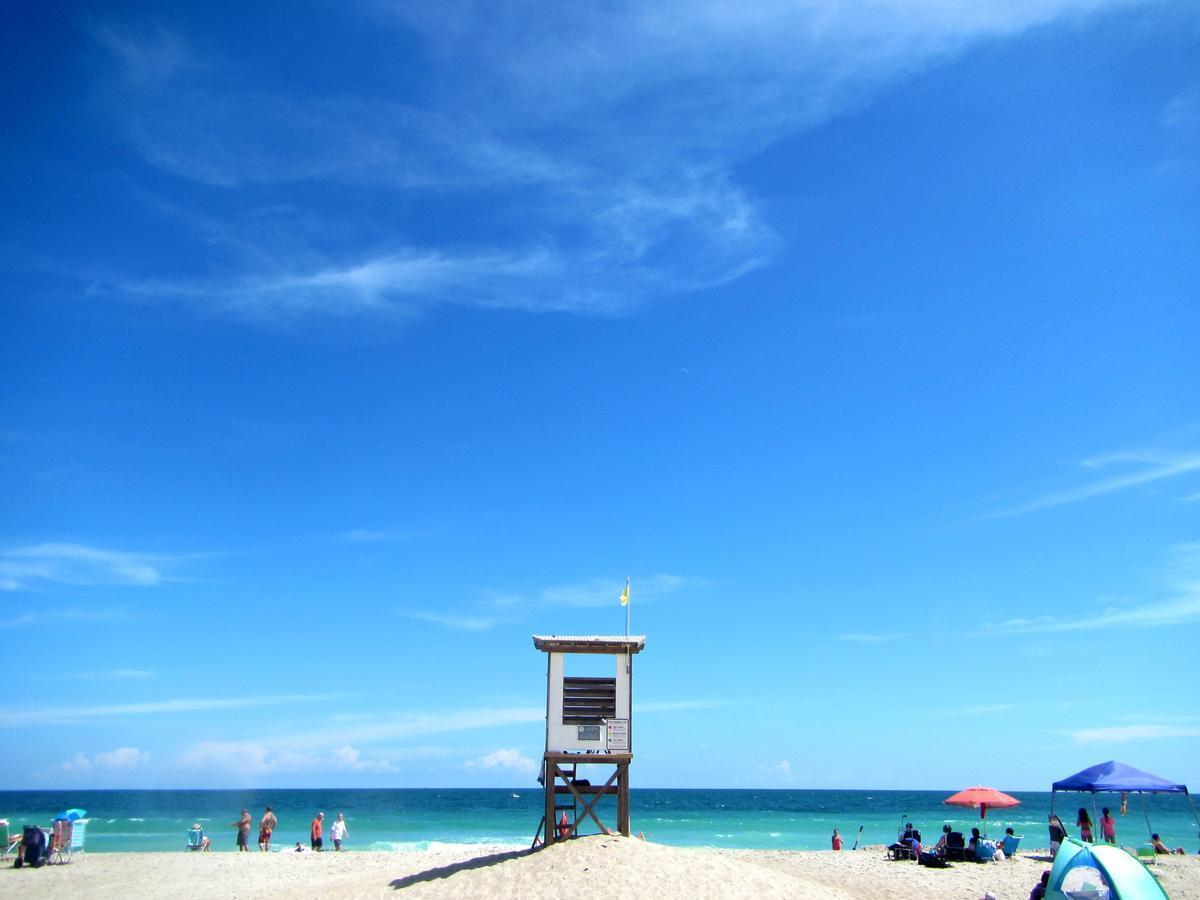
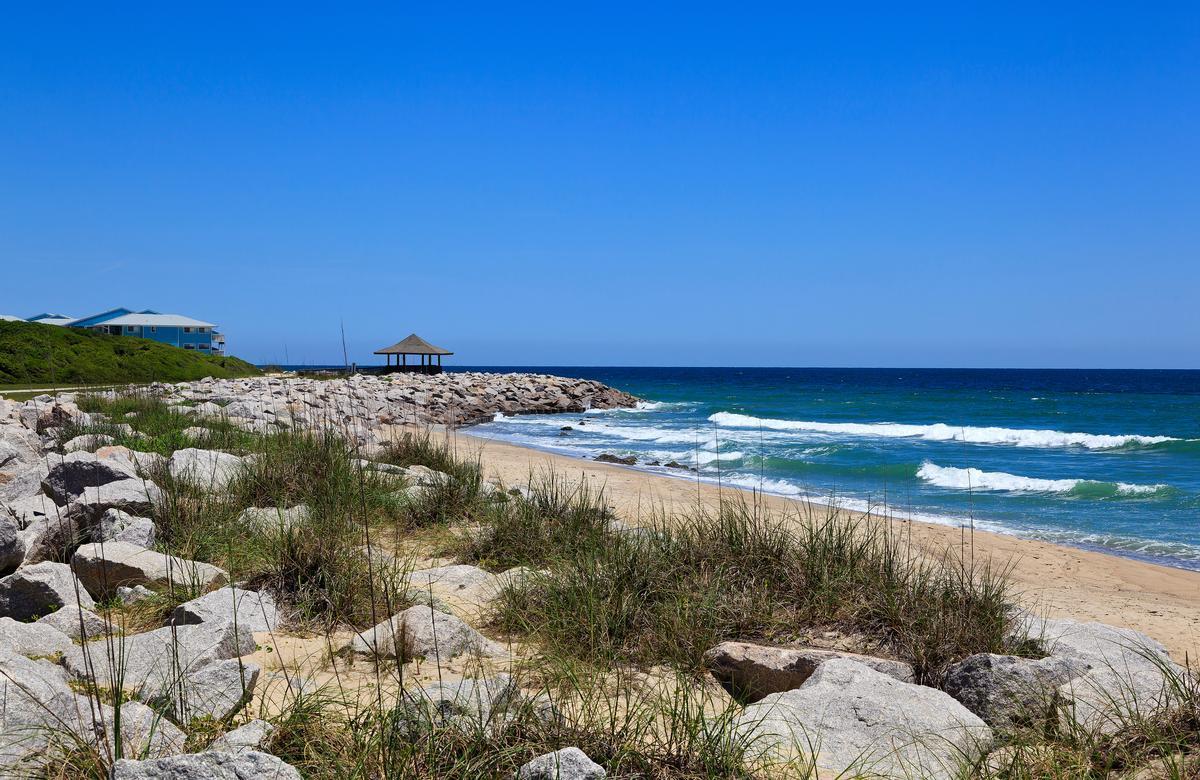
9. Kure Beach
This beach is one of my favorite places when I want calm scenery and gentle waves. Wrightsville Beach to Kure Beach was about 40 minutes by car (head south through Wilmington, then follow US-421 S toward Pleasure Island.)
- Location: On the southern end of Pleasure Island along North Carolina’s coast, just south of Carolina Beach and accessible by bridge from the mainland
- Location Map
This was one of the most unique and charming beaches near Wilmington, and it’s easily one of my favorite spots for a relaxed, family-friendly getaway. In addition to relaxing on the beach, we loved the North Carolina Aquarium at Fort Fisher, Fort Fisher State Recreation Area (less crowded beach), and the Fort Fisher–Southport Ferry for a sunset ride.
What I loved best:
When you get hungry, Jack Mackerel’s Island Grill offers delicious Caribbean-influenced food, my personal highlight.
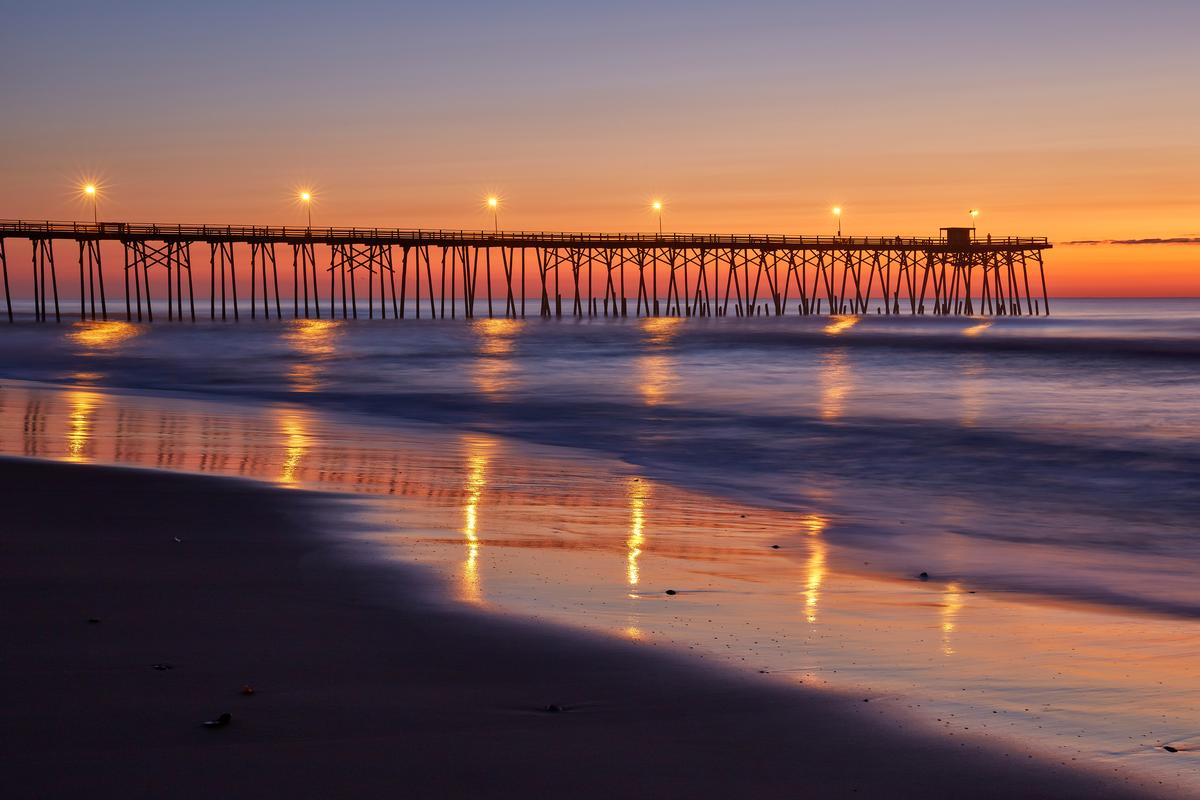
_26988.jpg)
10. Oak Island Beach (Long Beach)
For our most secluded beach stop on this route, we headed from Kure Beach to Oak Island Beach which takes 1 hour and 15 minutes via NC-211 S, or you can take the Fort Fisher–Southport Ferry (I love this scenic shortcut which takes about 35 minutes including loading/unloading!).
We started our weekend getaway driving toward Oak Island Beach, also known as Long Beach, tucked along the southern coast of North Carolina near Southport and Wilmington, and it already felt like a hidden gem adventure.
First thing we did was park close to the public access and walk straight onto the wide sandy beach, the experience felt peaceful, affordable, and honestly one of the best uncrowded beaches we’ve ever seen.
The ocean was calm and vibrant that morning, perfect for swimming, and we spent hours just laying out, laughing, and saying how underrated this spot is compared to other Carolina beaches.
Later we walked the shoreline for miles, which felt magical and almost dream like, finding cool shells and driftwood, and this part became my favorite simple joyful experience of the whole trip.
After that we grabbed lunch nearby and talked about how Oak Island feels like the absolute best mix of romantic and family friendly, without feeling touristy or overdone at all.
In the afternoon we rented bikes and cruised around the island, which was a brilliant idea, seeing quiet neighborhoods, unique beach houses, and places you can only really notice slowly.
As sunset rolled in, we set up chairs and watched the sky turn spectacular colors.
That night we stayed nearby and loved how affordable everything felt for such an amazing beach, making it a perfect weekend getaway without stress or crowds.
The next morning we grabbed coffee and went back to Long Beach again, because when you find a gem this good, you don’t rush it.
What I loved best:
For me, Oak Island Beach is one of the best beaches s in North Carolina. It's romantic, peaceful, and a favorite escape I hope you will love it too!
My favorite highlight was Island Way, the perfect spot for romantic dinner on the water - their grouper filet served on a bed of asparagus topped with shrimp, crab meat & bearnaise sauce was a standout.

Booking Checklist
1. Book Your Flight - I use Expedia because I like their mobile app with my itinerary. They've helped me re-book flights on many occasions. Once you reach their Gold tier, support is especially good.
2. Book Your Hotel - I use Booking.com or Expedia, depending on my destination.
3. Book Your Rental Car - I use Expedia.
4. Book your tours on Viator or Get Your Guide.
5. If you are planning to visit more than three national parks in the next 12 months, buy the America the Beautiful Pass.
